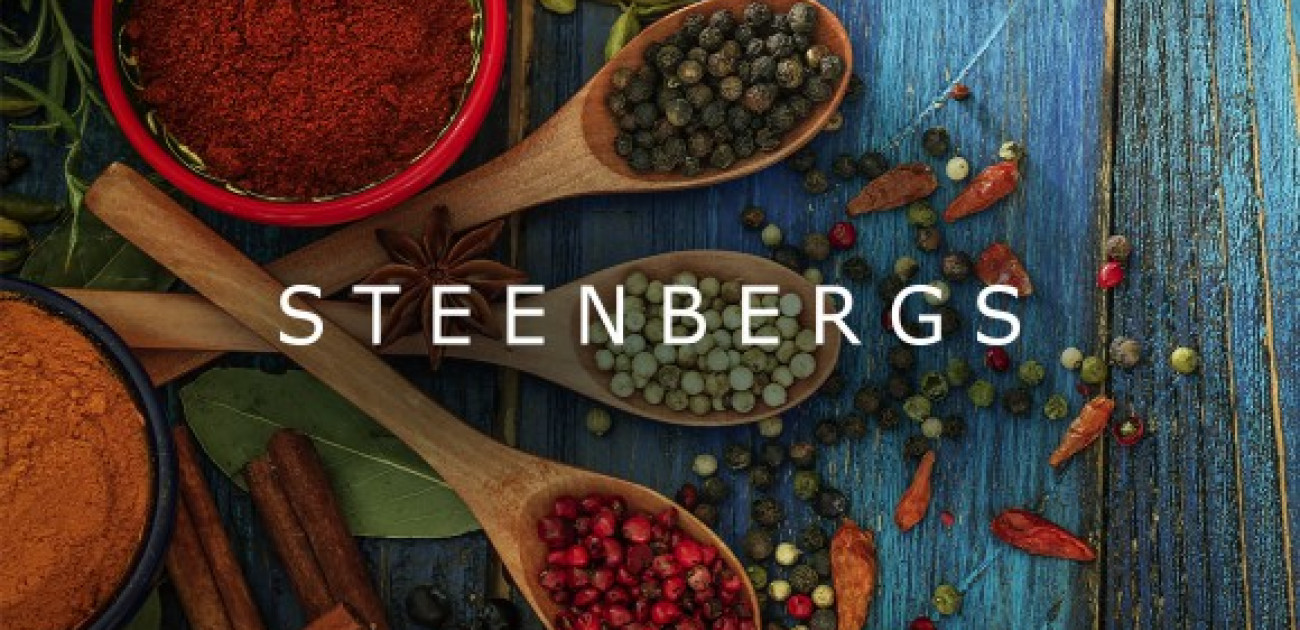20 May 2010
New Indonesian Pepper Just Arrived at Steenbergs

I read a book last year called “The Scents of Eden” by Charles Corn – it’s a history of the spice trade. It was great as the perspective was different from the histories that I had read in the past which always wrote them from the angle of European spice traders – including British, Dutch and Venice. It’s written for an American audience and talks about the first American exploits into Indonesia and the history of Salem (other than it's infamous one about Salem's witch trials), plus the founding of Yale University with the proceeds of Elihu Yale’s generous gifts of East Indian exotic and books; none of which I knew much about except the odd snippets here and there.
As much of the spice trade had been carved up between Britain and the Netherlands, there were slim pickings for relatively new global traders like America. As a result of this together with happenstance, most of the original spices for the American market came from Sumatra, with the result that the new and growing US developed a love for the intensely hot black and white peppercorns shipped in from the East Indies - now Indonesia. It was in 1790 that Captain Jonathan Carnes sailed back his ship the Cadet after 2 years "lost at sea" and had found Sumatra. So here we are experimenting with Indonesian flavours rather than the Indian style pepper that we usually deal with.
Steenbergs Lampung Black Pepper comes from a small region called Kota Bumi in Lampung Utara on the southern end of Sumatra in Indonesia. Here spice farmers still use the old farming practice of growing pepper vines on shade-growing trees. Glossy leaved pepper vines grow up the trunks of tropical shade trees providing protection from heat and harsh sunlight. On the forest floor, nitrogen-fixing legumes are planted in rings around the pepper vines, providing a constant source of nutrients and protecting valuable biodiversity such as beneficial insects that act as natural protection against diseases that affect these pepper vines. While not certified organic, these spice farmers are having a damn good stab at earthy, natural farming.
The black pepper berries themselves are incredibly pungent when grown like this, developing intense heat like chilli pepper fruits. The quality of this Lampung black pepper compared to the kit you get from high street stores is amazing – like the difference between home grown tomatoes and the junk you get from the supermarket. Steenbergs Lampung Black Pepper comes from only 1% of the total available pepper harvest in a shade-grown pepper field, with higher quality Steenbergs pepper berries specially selected and harvested at the peak of ripeness.
Steenbergs Lampung black pepper has a bold, pungent flavour - even stronger than Malabar black peppercorns like Steenbergs luxury black pepper berries. Lampung black pepper starts warming with a classic aromatic, appetising flavour before I got a sudden numbing heat on the tongue that built in intensity around the mouth; the heat lingers a bit but leaves an appetising, mouth-watering taste for a good 5 minutes. Steenbergs Lampung black pepper is versatile like all good pepper and great with red meat, poultry, grilled vegetables, marinades and dressings, soft cheese and even on strawberries!
Steenbergs Muntok White Pepper - a close relative of Lampung black pepper - is a normal vine pepper but one that has been grown exclusively for making white pepper. This white pepper is grown in the hills behind the village of Muntok on the Indonesian island of Bangka. The pepper growers wait until the pepper berries have matured a bit longer than those in Lampung so that they are mainly red and so give a fuller flavour and then start the harvesting. The pepper farmers use traditional bamboo tripods to climb up the trees and then hand-pick pepper fruit spikes of red ripe pepper berries. These fruit spikes – that are reminiscent of bunches of grapes - are packed into rice sacks and soaked in slow running streams that flow down from the mountains above. Seven days later the outermost skin of the pepper has disintegrated and the peppercorns are piled together for a traditional trampling called Nari Mereca or the Pepper Dance which is a bit like the classic stamping on grapes to make wine – the technical name for this process is a rather bland decortication. The dancing separates the peppercorns from the fruit spike and after a final washing the berries are left to dry in the sun where they naturally will bleach to a creamy white.
Muntok white pepper smells faintly foisty but nowhere near as badly as some white pepper which smells of dirty, sweaty football socks - yuck - and doesn’t have that warming aroma that you would expect from black peppercorns. The white peppercorns are crunchy to bite on and quickly build to a numbing heat that makes your eyes water - I started coughing but god was it a great feeling – and the heat numbed the mouth and top of the throat. Muntok white pepper is perfect with pork and veal, poultry, white fish and shellfish, rice and pasta, steamed vegetables, blue cheese and great in white and cheese sauces.
PS: I wouldn't advise anyone to chew on the Muntok white pepper on its own as it really was numbing and hot, but the Lumpung black pepper would be fine - I only chew on these things because it's what I do.




